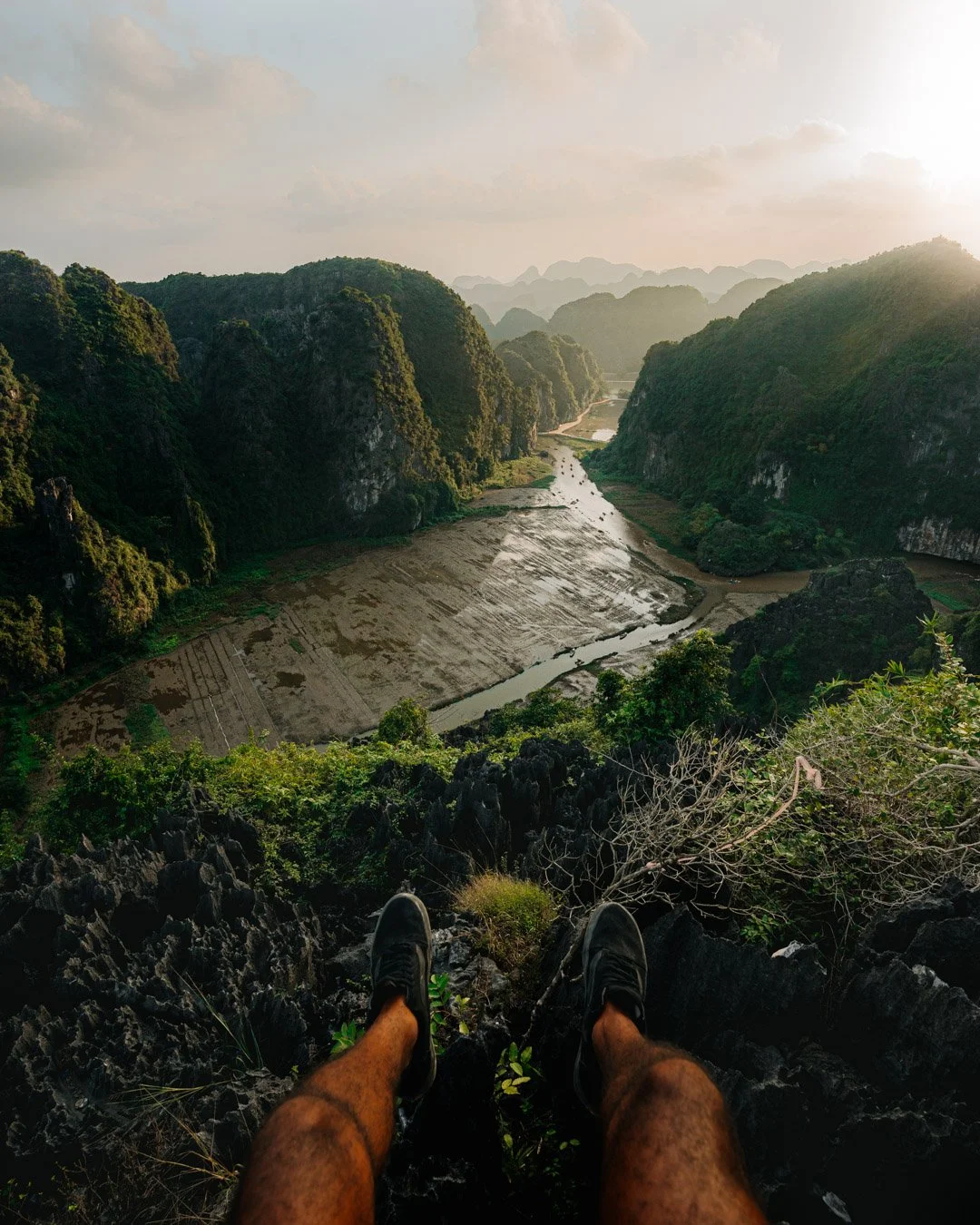How to Build a Travel Itinerary That Actually Works
Some travelers swear by having a tight itinerary. Others tell you to throw away the plan and just go wherever the wind takes you. The truth is, both approaches work in different situations. If you are moving to one city for a month with no agenda, maybe you do not need one. But if you are trying to hit multiple places in a limited time, having at least a loose itinerary can be the thing that saves your trip.
An itinerary does not just tell you where to be. It forces you to look at your trip on paper and ask yourself, Can I actually do all of this in the time I have? That perspective alone will help you trim the fat, slow down, and build a plan that feels good instead of one that leaves you burnt out and disappointed.
Here is how I build an itinerary that actually works, after years of trial and error on the road.
Book Your Accommodation, But Keep It Loose
It is smart to book your first few nights in each new place, especially if it is a popular destination or peak season. Having somewhere to land takes away stress when you first arrive. But locking in every single night of your trip months ahead of time can box you in.
Maybe you fall in love with a spot and want to stay longer. Maybe you arrive somewhere and realize it is not for you. If you have already paid for two weeks in advance, you are stuck. Leave room in your plans so you can pivot if something better comes up.
Plan Non‑Negotiables, Leave Space for Surprises
Figure out the experiences that are non‑negotiable. The sunrise hike you have dreamed of. The cooking class with the chef you follow online. Put those in your calendar first and build around them.
But do not cram your days full of back‑to‑back tours. Leave open space for the things you will not find in a guidebook. That random night market you hear about at dinner. A new friend inviting you on their adventure. The best trips are a mix of planned moments and spontaneous ones you never saw coming.
Build Open‑Ended and Skippable Days
Not every day needs a rigid plan. Add floating activities that can be done on multiple days or dropped altogether if you are tired. Have a list of backup ideas instead of strict appointments.
For example, you might have three museums you want to visit in Bangkok, but none of them need to be done on a specific day. Slot them in when you feel like it. This kind of flexibility keeps you from feeling trapped and lets you respond to how you are actually feeling in the moment.
Have a General Timeline for Each Area
Do some research on how long people usually stay in each place, then adjust for yourself. Some areas deserve a week because there is so much to do. Others are perfect for two nights and moving on.
Think about travel days realistically. A five‑hour bus might turn into seven with delays. Arriving late at night means the next morning will be a slower start. Build in recovery time and stop trying to count travel days as full sightseeing days.
Move Around, But Not Too Often
Packing up every two days will burn you out. You spend more time checking in and out than actually exploring. Limit the number of base locations and give yourself time to settle in.
When you do move, make sure it feels worth it. Some places deserve more time than others. Let your gut and your energy level guide you.
Use Hub and Spoke Travel
Some cities work as perfect hubs. You can stay there, leave most of your belongings in your room, and take light side trips with a small bag. After two or three days out exploring, return to your hub, reset, and head out again.
This saves you from constantly packing and unpacking. It also means you can splurge a little on a nicer base accommodation since you know you will be coming back. Places like Chiang Mai, Ubud, or Kuala Lumpur are great examples of hubs with countless day and overnight trips radiating out.
I’m building an app for that
One of the biggest reasons I built Travel Often was because I was tired of juggling messy notes, screenshots, and random map pins that never fit together when I needed them most. I wanted a tool that actually reflected the way real travelers plan — with structure where it matters and flexibility everywhere else.
Inside the app, you can build your trip using our itinerary day cards. Each day card lets you drag and drop locations directly from our curated maps, so you can see your day laid out visually. You can lock in the must‑do items and leave open slots for things you discover along the way. It is easy to move plans around, mark optional activities, or add notes so you remember why a spot caught your eye in the first place.
The map is not just a map. It is filled with curated picks from locals, guides, and travelers who have been there before you. It connects directly to your day cards so you do not waste time trying to remember where that amazing café was or how far the waterfall is from your hotel.
The goal is simple. No more chaos. No more overplanning or forgetting the gems you wanted to see. Just a flexible, visual itinerary that grows with you as you travel.
If that sounds like the kind of tool you have been looking for, join us as an early tester. Your feedback will help us keep building something that makes traveling smarter, easier, and way more fun.
Practical Tips to Make It All Work
Keep digital and paper copies of your bookings.
Geo tags, geo tags, geo tags. google maps is your friend.
Cluster your activities by location to save time on transport.
Double check visa requirements and border crossing times.
Look up local holidays or events that might affect opening hours or availability.
Always factor in rest days.
Final Thoughts
The best itineraries are not rigid. They are a framework that balances structure with freedom. Having one gives you a realistic sense of how much you can actually do in the time you have, while still leaving space for unexpected adventures.
Slow down, plan smart, and remember that travel is not a race. The goal is not to tick boxes, it is to actually experience where you are. Build an itinerary that supports that, and your trip will feel alive from start to finish.
If you have your own strategies for building a trip that works, share them with me. I am always looking to learn from other travelers.
Happy planning and happy exploring.








